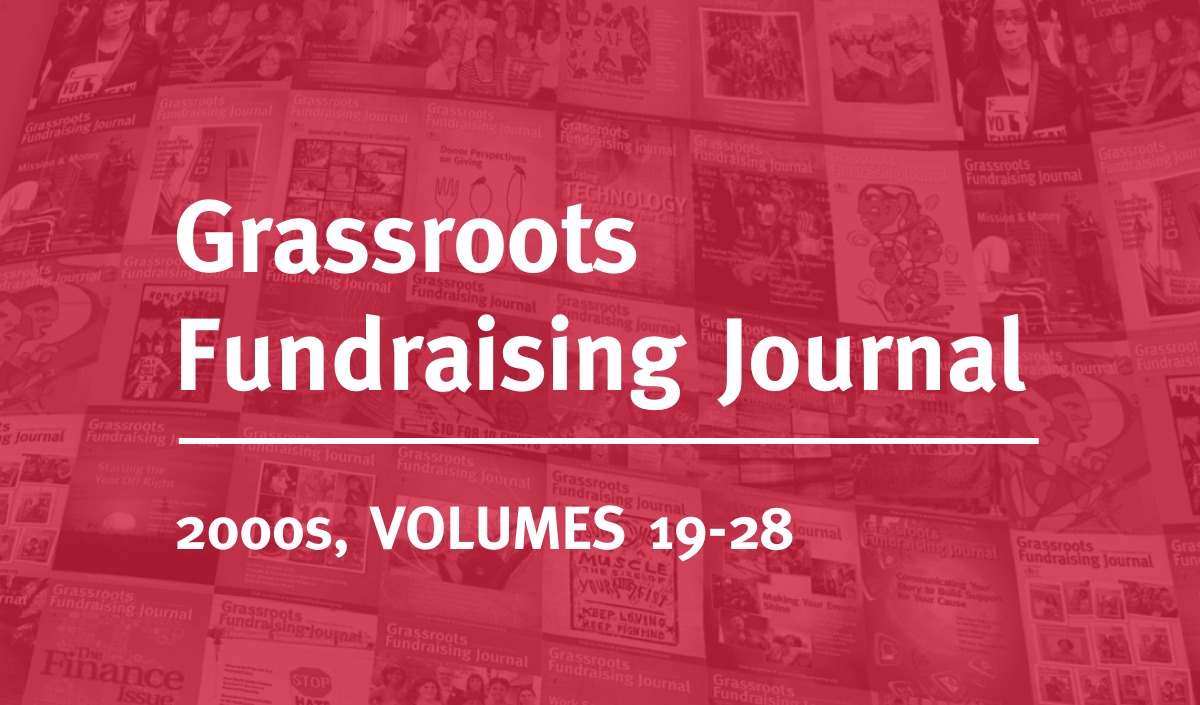March 2, 2011; Source: Wall Street Journal | Amid the political sound bites that substitute for policy analysis in Washington, Congressional Democrats and Republicans are flopping all over each other to be seen as eradicators of waste and inefficiency. In response to a request from Senator Tom Coburn (R-OK), the Government Accountability Office (GAO) produced a 345-page report (PDF) on duplication in federal programs ranging from the Bureau of Arms Control to the Workforce Investment Act.
Democrats such as Senator Harry Reid (D-NV) acknowledged that there were some "duplicative programs around here that we could eliminate," while Republicans such as Congressman Kevin McCarthy (R-CA) pledged to "cut government just as the GAO report says."
A simplistic analysis of the GAO report leads to counting programs on a particular topic as duplicative – for example, 18 food and nutrition programs, 20 programs addressing homelessness, etc. But it isn't so simple. Take the 20 homelessness programs run by Housing and Urban Development (HUD), the Department of Education, the Department of Veterans Affairs (VA), and Health and Human Services (HHS) with annual funding totaling some $2.9 billion.
Some deal with shelter provision, some temporary housing, some homelessness support services, some with the needs of specific subpopulations of the homeless (women and children, homeless vets, etc.). They aren't all the same. That doesn't necessarily amount to $2.9 billion of waste or, perhaps, waste at all.
Sign up for our free newsletters
Subscribe to NPQ's newsletters to have our top stories delivered directly to your inbox.
By signing up, you agree to our privacy policy and terms of use, and to receive messages from NPQ and our partners.
Given the hundreds of thousands of homeless in this country in addition to the people who live in such precarious housing circumstances that they are all but homeless, $2.9 billion may not really even be a sufficient response. The issue may not be collapsing and consolidating programs into one big homelessness program shmush, but figuring out how to do some restructuring and streamlining so that the programs work together better.
There is nothing new here, since GAO recommended streamlining and linking homelessness programs in two reports issued in 2010. The federal government took the recommendations to heart, bolstering the U.S. Interagency Council on Homelessness and stimulating the creation of the Federal Strategic Plan to Prevent and End Homelessness. The agencies are trying to improve coordination, data collection, program vocabulary, and interagency linkage.
Sometimes, it is piled-on Congressional mandates, rather than turf-protecting bureaucrats, that frustrate streamlining and coordination. Congressman Eric Kantor (R-VA), sounding like a frustrated foundation executive, announced that "our Congress is about delivering results." If that's true, then he and his colleagues will want to look at the substance of these "duplicative" federal programs instead of jumping to simple-minded – and erroneous – conclusions.—Rick Cohen













